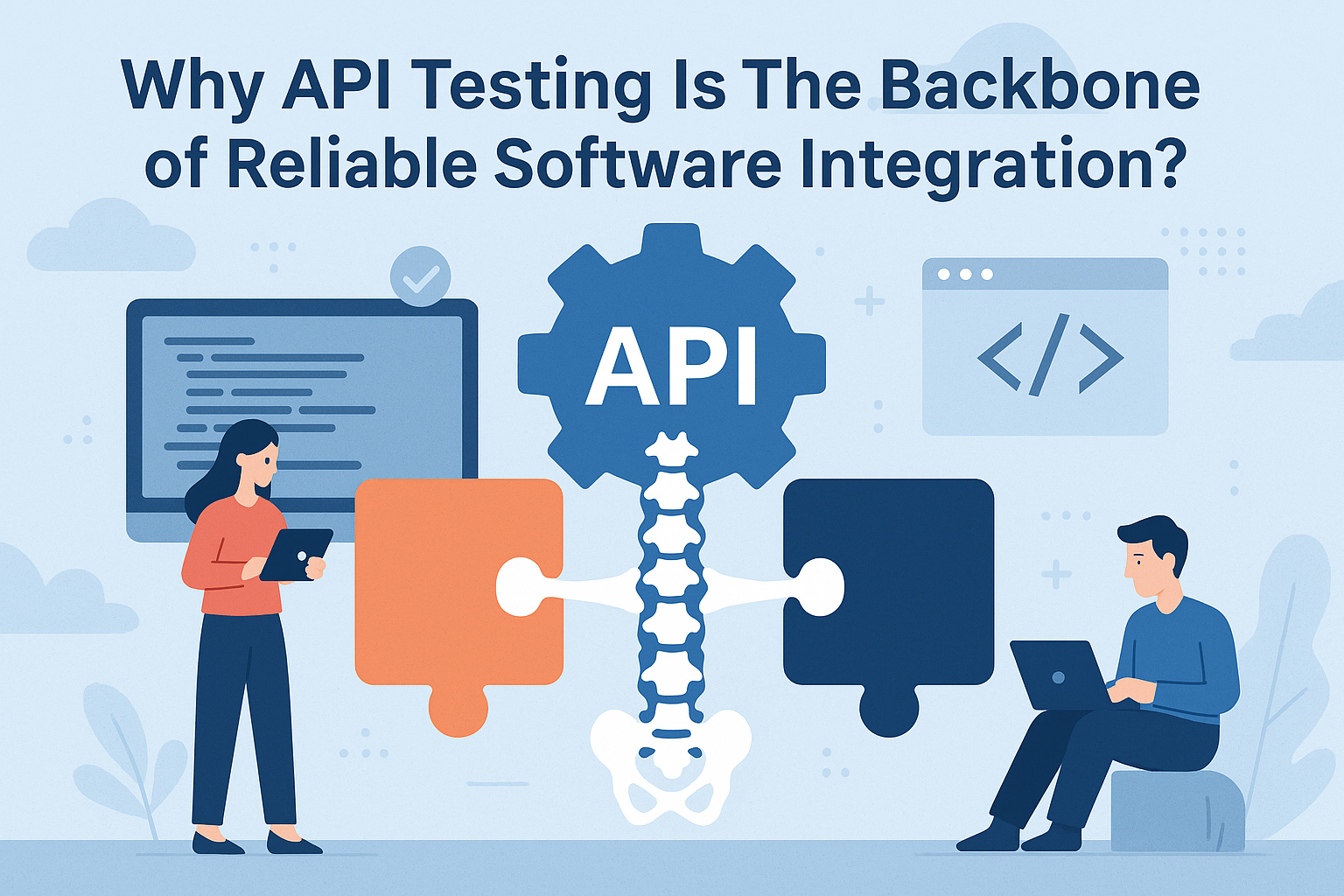Modern Software Development Methodologies: Choosing Between Agile, Scrum, and DevSecOps
Modern Software Development Methodologies: Agile, Scrum & DevSecOps Explained

In today’s fast-evolving digital landscape, businesses rely heavily on robust, scalable, and secure applications. Whether you’re a startup building your MVP or an enterprise launching a cloud-native solution, the right software development methodology can make or break your product’s success. Among the most prominent choices in 2025 are Agile, Scrum, and DevSecOps—each offering unique advantages for different types of projects.
In this blog, we’ll explore the core concepts, use cases, pros and cons of each approach, and how to choose the right one for your organization. If you’re evaluating modern methodologies for your next project, this guide is tailored for software development companies, product teams, and CTOs alike.
Why Methodology Matters in Software Development
Before diving in, let’s understand why methodology matters. A software development methodology is not just a workflow; it’s a mindset that determines how you plan, build, test, secure, and deliver software.
Choosing the right approach affects:
-
Time to market
-
Code quality
-
Team productivity
-
Budget utilization
-
Long-term scalability
-
Risk and compliance posture
For a software development firms, aligning the methodology with client goals and market dynamics is essential to deliver successful outcomes.
Agile: Embracing Iteration and Customer Collaboration
What Is Agile?
Agile is a philosophy and umbrella framework that promotes iterative development, continuous feedback, and adaptive planning. Instead of delivering a product in one big bang, Agile focuses on breaking down the project into smaller, manageable units called iterations or sprints.
Core Principles:
-
Individuals and interactions over processes and tools
-
Working software over comprehensive documentation
-
Customer collaboration over contract negotiation
-
Responding to change over following a plan
Benefits of Agile:
-
Faster time to market
-
Increased flexibility to changing requirements
-
Higher customer satisfaction
-
Encourages innovation and collaboration
Ideal For:
-
Dynamic startups
-
Evolving products with frequent changes
-
Software development services working with tight timelines
Limitations:
-
May lack structure for very large enterprise projects
-
Requires high stakeholder engagement
Scrum: Agile in Action
What Is Scrum?
Scrum is a structured Agile framework used widely by software development teams. It defines specific roles (Product Owner, Scrum Master, Development Team), artifacts (Product Backlog, Sprint Backlog), and ceremonies (Daily Standups, Sprint Planning, Reviews).
Key Features:
-
Fixed-length sprints (usually 2–4 weeks)
-
Defined deliverables for each sprint
-
Cross-functional, self-organizing teams
Benefits of Scrum:
-
Clear visibility into progress
-
Encourages accountability
-
Fast iterations mean quicker user feedback
-
Ideal for product-centric teams and SaaS solutions
Ideal For:
-
Software development companies managing mid-sized, evolving products
-
Teams seeking structured collaboration
-
Continuous improvement-driven software developers
Limitations:
-
Scrum roles need proper training and discipline
-
Doesn’t natively address security or compliance
DevSecOps: Security-First Software Development
What Is DevSecOps?
DevSecOps extends the traditional DevOps model by embedding security practices into every stage of the software development lifecycle (SDLC). It ensures that development, operations, and security teams work as one unit from code commit to deployment.
Key Concepts:
-
Shift-left security (early vulnerability detection)
-
Continuous integration and delivery (CI/CD)
-
Automated security testing and policy enforcement
-
Infrastructure as Code (IaC)
Benefits of DevSecOps:
-
Enhances application security
-
Reduces security debt and breaches
-
Faster delivery with fewer compliance headaches
-
Real-time monitoring and issue resolution
Ideal For:
-
Enterprises in regulated industries (finance, healthcare, govtech)
-
Mission-critical software systems
-
Software development services handling sensitive data
Limitations:
-
Requires DevOps maturity and tooling
-
Steeper learning curve for traditional teams
Agile vs. Scrum vs. DevSecOps – A Quick Comparison
| Criteria | Agile | Scrum | DevSecOps |
|---|---|---|---|
| Scope | Philosophy | Framework | Culture + Toolchain |
| Focus | Adaptability | Structure & Sprints | Security & Automation |
| Best For | Mid-sized projects, startups | Product-centric teams | Regulated or security-sensitive apps |
| Team Structure | Flexible | Defined roles | Cross-functional (Dev + Sec + Ops) |
| Security Handling | Not built-in | Minimal | Core principle |
How to Choose the Right Software Development Methodology
Every project is different. Here’s how to decide:
-
Evaluate Complexity
-
For small to medium apps → Agile or Scrum
-
For enterprise-grade solutions → DevSecOps
-
-
Consider Your Team Maturity
-
Beginners may adopt Scrum for its structure
-
DevSecOps fits experienced, CI/CD-mature teams
-
-
Security Needs
-
If your app handles PII, payments, or healthcare data, go DevSecOps
-
Otherwise, Agile + add security testing might suffice
-
-
Client Involvement
-
Scrum thrives on regular client collaboration
-
DevSecOps focuses more on process integration than user stories
-
-
Tooling & Infrastructure
-
Agile/Scrum = Jira, Trello, Git
-
DevSecOps = GitHub Actions, Jenkins, Snyk, Docker, Kubernetes, etc.
-
Real-World Use Case Scenarios
-
A software development company building an MVP for a startup might opt for Scrum to deliver fast iterations.
-
A financial enterprise integrating a payment gateway would go for DevSecOps to maintain compliance and security.
-
A software development agency offering mobile app development could use Agile to maintain flexibility for UI/UX changes.
Final Thoughts
The best methodology is the one that fits your team structure, project scope, and business priorities. While Agile gives you flexibility, Scrum gives structure, and DevSecOps provides resilience and security. You don’t have to choose one forever—many top software development companies blend these approaches based on client needs and evolving tech stacks.
By understanding each methodology’s strengths and weaknesses, software developers and decision-makers can chart a smarter path from idea to deployment.








